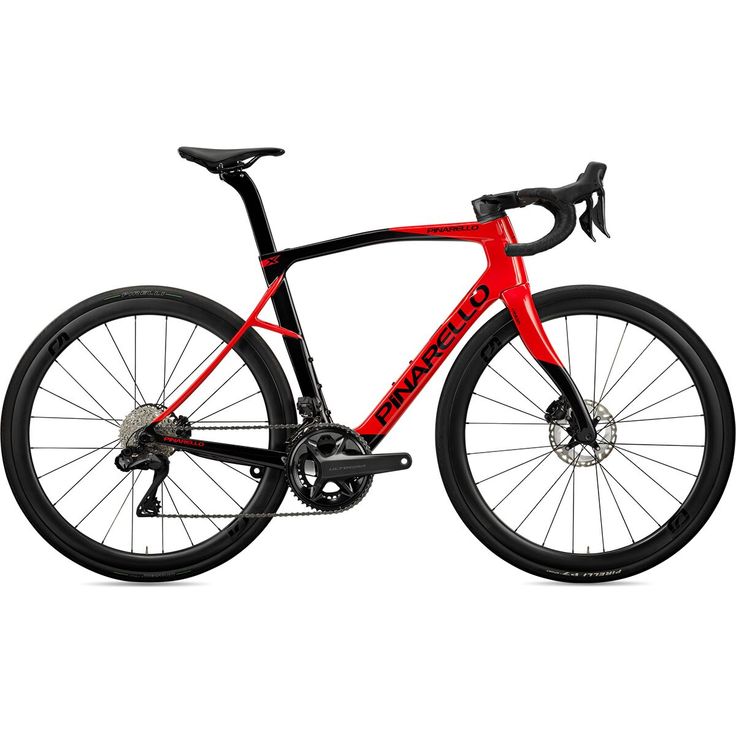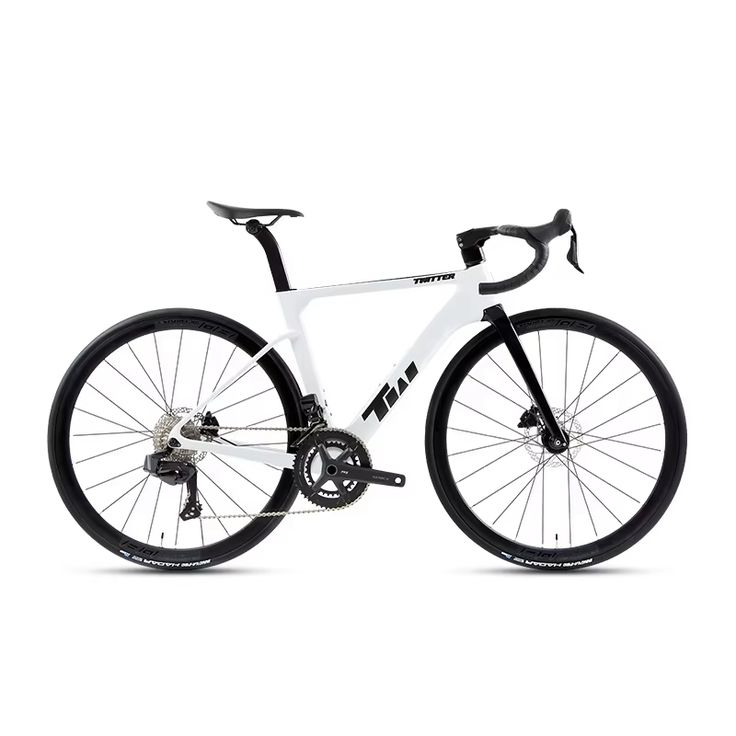Introduction
When it comes to cycling, selecting the correct bike size is one of the most critical decisions a rider can make. A poorly fitted bike can not only diminish your performance but also lead to discomfort and even injury over time. Therefore, having a comprehensive road bike size chart is an invaluable tool for both novice and experienced cyclists alike. Moreover, understanding how to interpret this chart enables riders to make informed decisions that truly enhance their cycling experience.
In this article, we will explore various aspects of the road bike size chart, including how to read it and the different frame measurements essential for the right fit. Furthermore, we will provide you with tips for achieving the best fit possible. Additionally, we’ll address common questions and concerns regarding bike sizing to ensure that you are well-equipped to select the right bike for your specific needs.
Understanding the Basics of Bike Sizing
Before we delve into the specifics of the road bike size chart, it is essential to grasp the fundamental principles of bike sizing. Several factors play a critical role when determining the correct size for a road bike. These factors include:
- Inseam Measurement: This measurement is the distance from your groin to the floor, and it is crucial for determining your frame size. Notably, the inseam length gives you an idea of how high your saddle should be and influences other dimensions of the bike. Understanding this measurement is crucial for comfort while riding.
- Height: Your overall height significantly affects your choice of bike size. While height alone is not a sole indicator of fit, it provides a useful starting point for determining which size might work best for you. Thus, ensuring an accurate height measurement is important.
- Reach: Reach refers to the distance between the saddle and the handlebars. A proper reach is vital; it ensures that you will be comfortable holding the handlebars without excessively stretching or feeling cramped. In essence, reach contributes significantly to your overall riding experience.
- Riding Style: Depending on whether you plan to ride recreationally, commute, or train competitively, different bike geometries might suit your needs better. In short, considering your riding style will help further narrow down your options and inform your decision.
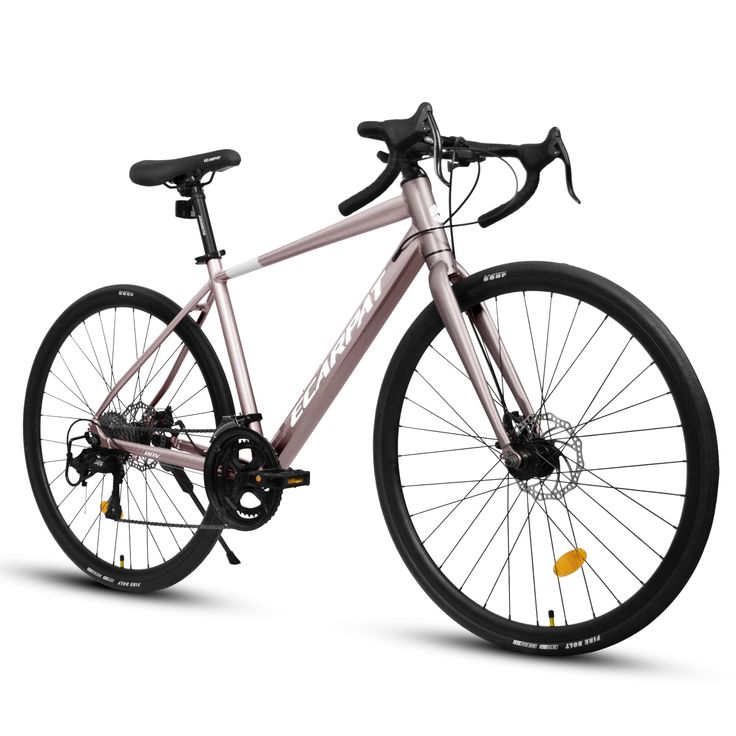
How to Use the Road Bike Size Chart
The road bike size chart typically presents a table that aligns frame sizes with corresponding rider heights and inseam measurements. This information can be invaluable when determining the right fit for you. Here’s how to interpret this chart effectively:
1. Frame Sizes
Most charts provide various frame sizes, typically indicated by S (small), M (medium), L (large), and XL (extra-large). However, the specific measurements for these sizes can differ between brands. Therefore, it is essential to refer to a chart that corresponds to the particular brand you are considering before making a purchase.
2. Height Recommendations
Directly correlated to each frame size, you will find recommended height ranges. This aspect is particularly helpful as it eliminates any guesswork in determining which size might work best for you. For instance, if you measure within a specific height range, it is likely that a particular frame size will accommodate you well.
3. Inseam Length
In some cases, inseam length recommendations are also listed alongside frame sizes. This information is especially useful for riders who may find themselves falling in between standard height categories. Hence, knowing your inseam length can lead you to choose a more comfortable bike.
4. Manufacturer Differences
It is important to note that not all manufacturers follow the same sizing conventions. This means that you should always consult the specific chart from the brand you are interested in purchasing from. By doing so, you ensure that you make the most informed decision regarding your bike size.
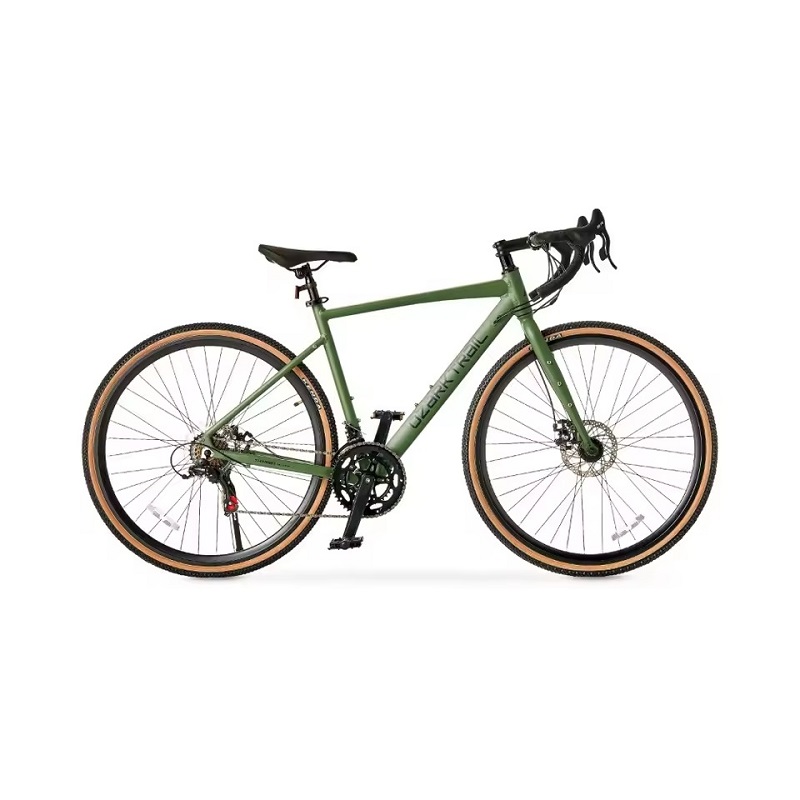
Measuring Your Inseam for the Right Fit
To effectively utilize the road bike size chart, you’ll need to know your inseam measurement. Here’s how to measure your inseam accurately:
1. Gather Necessary Tools
All you need is a measuring tape and a book. For best results, have someone assist you during this process.
2. Positioning
Stand straight against a wall with your feet slightly apart. Place the book between your legs, ensuring that the spine presses closely against your groin area. This positioning will provide an accurate measurement.
3. Take the Measurement
While keeping the book in place, measure from the top of the book (the spine) down to the floor. This measurement will give you your inseam length.
4. Refer to the Chart
Once you know your inseam measurement, compare it with the recommendations in the road bike size chart to find the appropriate frame size for you. This step is crucial for ensuring that your bike fits correctly and meets your riding needs.
The Role of Reach and Riding Style
Once you understand your inseam and height, the next step is to consider reach and how it influences bike sizing. Here are some critical considerations:
1. Reach Considerations
Reach is vital for comfort while riding. If the reach is too short, you may find yourself hunched over; if it is too long, your arms might be overstretched. To evaluate reach effectively, consider the following tips:
- Test Ride: If possible, take a test ride on a bike that matches your size according to the chart. Pay special attention to how it feels over different distances—especially on longer rides. This practice allows you to determine whether the reach is comfortable for you.
- Adjustable Components: Look for bikes that offer adjustable components, such as handlebars and saddles. This flexibility provides additional comfort as you fine-tune the fit to accommodate your unique preferences.
2. Riding Style
Your riding style significantly impacts your choice of bike size. For instance:
- Recreational Riders: If you are casually riding for fun, a slightly relaxed geometry may be more suitable. This adjustment allows for a more upright position, making it easier to enjoy leisurely rides without unnecessary strain.
- Competitive Cyclists: Conversely, if you are training specifically for races, a more aggressive position characterized by a longer reach and lower saddle might be advantageous. Advanced bikes are often designed with more aerodynamic geometry tailored for speed and efficiency on the road. Thus, a proper fit can be very helpful in these situations.
Taking these factors into account allows you to make a more informed choice about the bike size that best accommodates your riding style.
Common Questions About Road Bike Sizing
Many cyclists typically have questions regarding sizing, especially those new to the sport. Here are some common inquiries along with detailed answers:
1. What If I’m Between Sizes?
It is not uncommon for individuals to find themselves between two sizes on the road bike size chart. If that’s the case, consider the following approaches:
- Terrain and Usage: The type of terrain you will be cycling on can have a significant impact on your decision. If you need extra comfort for long-distance rides, opt for the larger size. In contrast, select the smaller size for a more aggressive ride focused on speed.
- Testing: If you are still uncertain, visiting a local bike shop where you can test ride both sizes is a wise approach. This hands-on experience can significantly aid your decision-making process, allowing you to feel the differences in size and fit.
2. Do Brands Use the Same Sizing?
Not at all. Although most manufacturers provide a general guideline, sizes can vary considerably between brands. Thus, it is crucial to refer to the specific road bike size chart for each brand you consider. This approach will help you find the best fit possible.
3. How Important Is a Professional Bike Fit?
While the road bike size chart provides an excellent starting point, professional bike fitting can further enhance your comfort and performance. A professional can evaluate your riding style and flexibility while examining how all your measurements interact.
- Customization: Additionally, professional fitters have the expertise to adjust saddle height, handlebar height, and other components based on your unique body shape. This helps ensure that your bike is tailored to your specific needs, ultimately enhancing your riding experience.
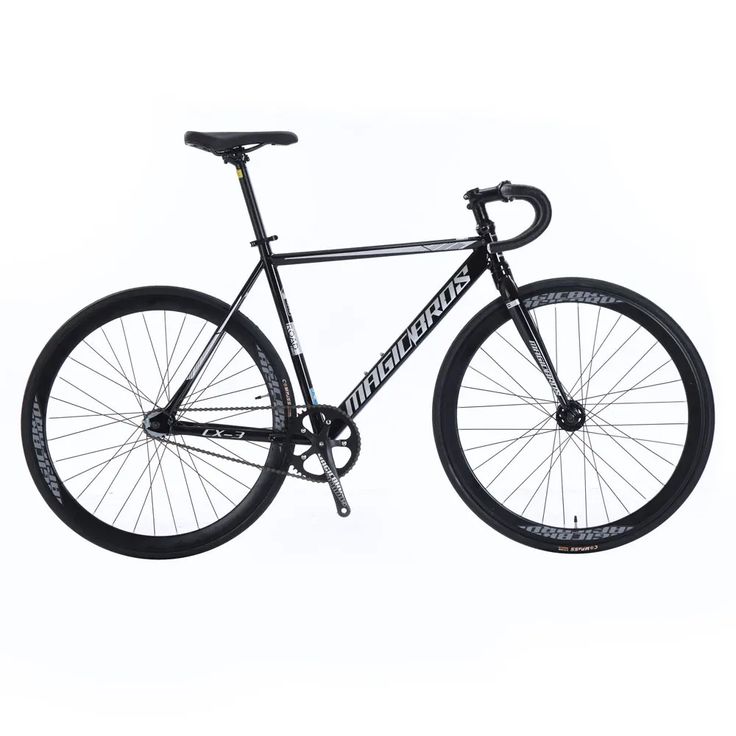
Additional Considerations for Choosing the Right Bike Size
Now that you have grasped the essentials of using the road bike size chart, here are some additional factors to consider:
1. Pedaling Style
Your specific pedaling style can influence which type of bike will work best for you. For example, if you have a more powerful stroke, you may benefit from a bike that fits snugly, facilitating better power transfer. Conversely, if you prefer a more relaxed ride, focus on comfort when selecting frame size.
2. Body Proportions
Different individuals can have varying limb lengths in relation to their torso size. If your proportions differ from the typical measurements used in the road bike size chart, it might be beneficial to explore a custom fit or consult with an experienced fitter. Your unique body shape can significantly affect reach and overall comfort.
3. Suspension and Frame Geometry
The type of bike you choose can also impact sizing. For instance, bikes with greater suspension may have different design considerations compared to rigid frames. Additionally, steep or slack angles in frame geometry may change how a bike feels, which could influence your size choice.
4. Adjustments and Future Proofing
If you are planning to make modifications later, such as new handlebars or saddles, consider the size that will allow for these adjustments effectively. Some bikes come with features that enable easy adjustments, while others may require more complicated modifications.
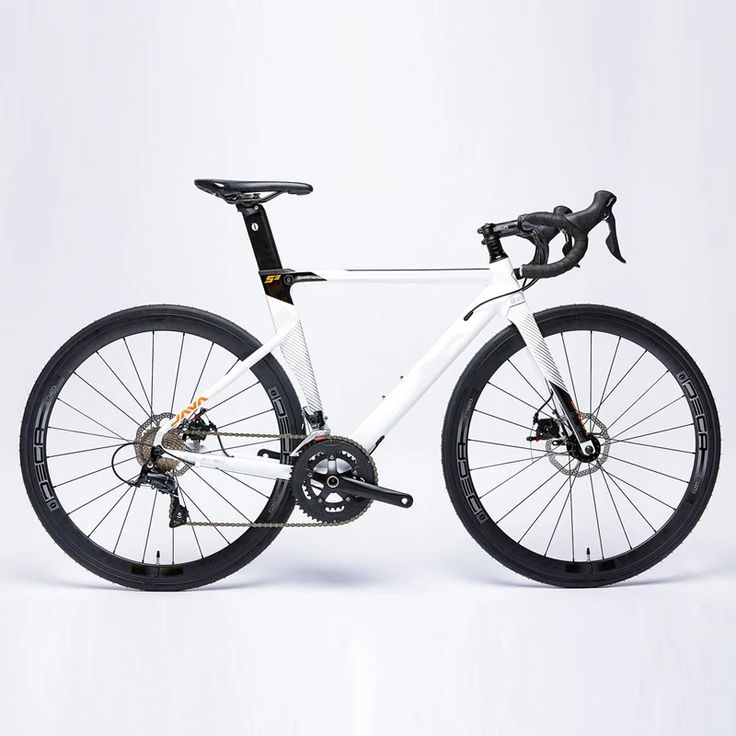
Final Tips for Choosing the Right Bike Size
Here are some essential final tips to help you maximize your experience with the road bike size chart and ensure that you get the perfect fit:
1. Don’t Rush Your Decision
Take your time to consider your inseam, reach, and riding style carefully. Making a well-informed decision will yield better long-term satisfaction with your bike choice.
2. Seek Help and Advice
Don’t hesitate to ask for advice at local bike shops. Staff members often possess extensive experience and can help you navigate your options based on their knowledge of customer experiences and individual preferences.
3. Test Different Models
Many shops allow extended test rides. Utilize this opportunity to get a feel for different sizes and models, paying attention to comfort and handling. Be sure to note how each bike performs over different terrains, as this can greatly influence your overall satisfaction.
4. Use Local Resources
Consider local cycling clubs or online forums for advice and insights from experienced riders. Community members can share valuable recommendations based on their experiences and preferences, supplementing the information gathered from charts and guides.
5. Stay Updated on New Models
Lastly, keep a lookout for new models and advancements in the cycling world. Manufacturers frequently make enhancements in bicycle design, including updates in geometry and fitting options that could improve your riding experience. Regularly reviewing reviews and new releases can help you stay informed about the best options available.
Conclusion
The road bike size chart serves as an essential resource for anyone looking to purchase a bike, from casual riders to serious cyclists. By understanding how to read the chart, accurately measuring your inseam and reach, and considering factors such as riding style, you can make informed decisions. These choices ultimately lead to a more enjoyable riding experience.
In conclusion, the right bike size not only enhances your comfort but also improves your performance while cycling. As you embark on your cycling journey, remember that investing time and effort into understanding bike sizing is crucial for achieving greater enjoyment and satisfaction on the road. So gear up, familiarize yourself with the sizing charts, and prepare to hit the trails while enjoying every ride!
